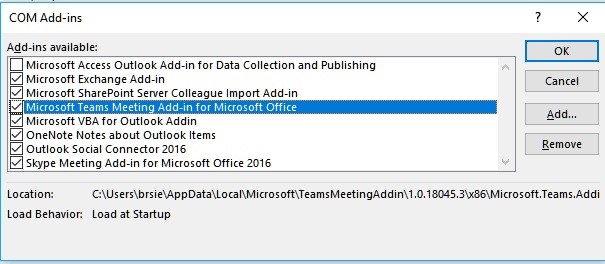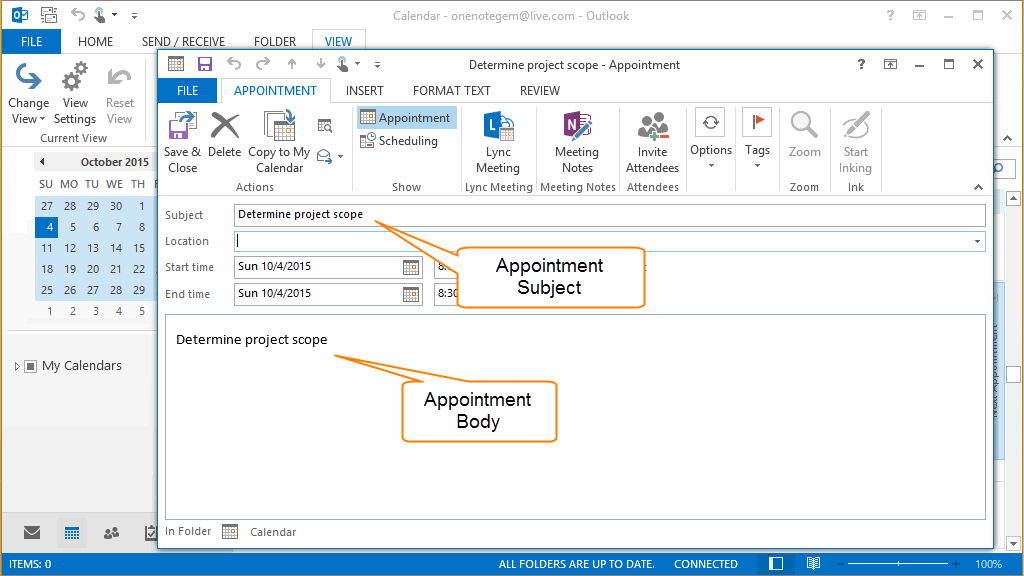
- START ALL ADD INS OUTLOOK 2010 GENERATOR
- START ALL ADD INS OUTLOOK 2010 CODE
- START ALL ADD INS OUTLOOK 2010 FREE
The add-in will be hosted locally on IIS. Using Visual Studio, test the newly created Outlook add-in by pressing F5 or choosing the Start button. The DefaultValue attribute of the Description element has a placeholder. The DefaultValue attribute of the DisplayName element has a placeholder. The ProviderName element has a placeholder value. This file defines the add-in's settings and capabilities. Open the XML manifest file in the Add-in project.
START ALL ADD INS OUTLOOK 2010 CODE
Replace the entire contents with the following code and save the file. This file specifies the custom styles for the add-in. Open the file MessageRead.css in the root of the web application project. $('#item-internetMessageId').text(item.internetMessageId) Write message property values to the task pane This file specifies the script for the add-in. Open the file MessageRead.js in the root of the web application project.

In MessageRead.html, replace the element with the following markup and save the file. MessageRead.html specifies the HTML that will be rendered in the add-in's task pane. When you're ready to publish the add-in, you'll need to deploy this web application project to a web server. While you develop your add-in, Visual Studio hosts the web application on your local IIS server. You can change these settings any time by modifying the XML file.Ĭontains the content pages of your add-in, including all the files and file references that you need to develop Office-aware HTML and JavaScript pages. Visual Studio generates the contents of this file for you so that you can run the project and use your add-in immediately. These settings help the Office application determine when your add-in should be activated and where the add-in should appear.

ProjectĬontains only an XML manifest file, which contains all the settings that describe your add-in. When you've completed the wizard, Visual Studio creates a solution that contains two projects.

The MessageRead.html file opens in Visual Studio. Visual Studio creates a solution and its two projects appear in Solution Explorer. In the list of project types under Visual C# or Visual Basic, expand Office/SharePoint, choose Add-ins, and then choose Outlook Web Add-in as the project type. On the Visual Studio menu bar, choose File > New > Project.
START ALL ADD INS OUTLOOK 2010 FREE
If you do not have a Microsoft 365 subscription, you can get a free one by signing up for the Microsoft 365 developer program. Write message property value to the task paneĭocument.getElementById("item-subject").innerHTML = "Subject: " + item.subject Get a reference to the current message This code uses the Office JavaScript API to get a reference to the current message and write its subject property value to the task pane. src/taskpane/taskpane.js and add the following code within the run function.

Discover what Office Add-ins can do for you today! src/taskpane/taskpane.js will write data. This new markup adds a label where the script in. src/taskpane/taskpane.html and replace the entire element (within the element) with the following markup. src/taskpane/taskpane.js file contains the Office JavaScript API code that facilitates interaction between the task pane and Outlook. src/taskpane/taskpane.css file contains the CSS that's applied to content in the task pane. src/taskpane/taskpane.html file contains the HTML markup for the task pane. manifest.xml file in the root directory of the project defines the settings and capabilities of the add-in.
START ALL ADD INS OUTLOOK 2010 GENERATOR
The add-in project that you've created with the Yeoman generator contains sample code for a very basic task pane add-in. Navigate to the root folder of the web application project. The step-by-step instructions within this article provide all of the guidance you'll need to complete this tutorial. You can ignore the next steps guidance that the Yeoman generator provides after the add-in project's been created.


 0 kommentar(er)
0 kommentar(er)
